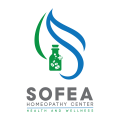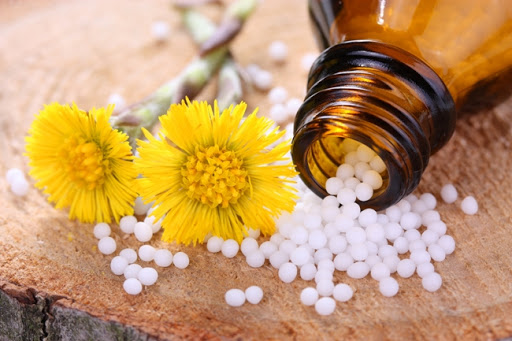Every science is based on certain principles and the same holds true for the Homeopathic science too. There are a few solid, fundamental principles, which form the basis of this great science. It has its own unique philosophy and therapeutics that are founded on seven cardinal principles. They are as follows:
-
Law of Similia
-
Law of Simplex
-
Law of Minimum
-
Doctrine of Drug Proving
-
Theory of Chronic Diseases
-
Theory of Vital Force
-
Doctrine of Drug Dynamization
Let us consider each of these principles in detail to have a better perspective of the Homoeopathic system of medicine.
Law of similia
Homeopathy is based on the law, “Similia Similibus curentur” which means like cures like. This fundamental principle is reflected in the name, ‘Homeo’ being Greek for ‘same’ or ‘similar’ and ‘pathos’ for ‘suffering’, i.e., let like be cured by like or more commonly, like cures like. Thus, Homeopathy is the therapeutic method of symptom similarity. A substance which can cause symptoms in a healthy person can, in homeopathy’s nontoxic micro doses, stimulate cure in others suffering with similar symptoms regardless of the cause. Similimum is the term for the remedy that best matches a patient’s symptoms. e.g., the honey bee remedy Apis, gives us a powerful remedy for cases with edema, burning stinging pain, respiratory reactions.
Law of Simplex
Hahnemann (Father of Homeopathy) has stated that only one single, simple medicinal substance is to be administered at a time. Medicine should be single due to the following reasons:
- Since the medicine was proved singly, so the effect of more than one remedy is totally unknown.
- Only one remedy can be similar at the given time.
- In more than one remedy, one may get confused about the curative action.
- Synergistic action cannot be ruled out in case of more than one remedy.
Law of Minimum
Medicine should be given in minimum dose because:
- To avoid unwanted aggravation.
- Smallness of dose doesn’t allow any organ damage.
- To maintain full advantage of finer and finest curative property of the medicine.
Doctrine of drug proving
According to this doctrine, the prescribed medicine must be properly proved upon the healthy human beings. Drug proving is a mathemathico-mechanical process by which one can investigate the pathogenetic power of the drug upon the healthy human being.
Drug proving must be on Healthy human beings because of:
- Animals don’t give subjective or mental symptoms.
- Effects of same drug upon the human and animal is different.
- We do not get the modalities from animal proving.
Theory of chronic diseases
After exhaustive experiments Hahnemann led to the conclusion that root cause of chronic disease are Miasms. These are fundamental cause of the disease. These miasms are:
– Psora
– Sycosis
– Syphilis
Psora
Its effects are observed on skin and mind (functional disorders only). Produces excessive itching and eruption with peculiar odour e.g. Eczema.
Sycosis
Affects the general organs and produces cauliflower like growth tissue e.g. Fibroids, arthritic conditions, tumours, etc. (suppressed gonorrhoea).
Syphilis
Appears in form of chancre on genital organs and responsible for destruction of tissues e.g. malignancy, destructive and ulcerative changes pus formation (suppressed syphilitic conditions).
Theory of vital force
The presence of an invisible power or vital force present in all human being is advocated by Homeopathy. A person becomes sick or diseased when this force gets disturbed due to various causes. Homeopathy thus states the importance of mind plus body plus spirit in medicine. Vital force is unique to Homeopathy and is said to have spiritual, autocratic, automatic, dynamic and unintelligent qualities and during health and disease, it animates the human body.
Doctrine of drug dynamization
The real curative power of drugs remains hidden in crude state. Homeopathy states that life force (vital force) is affected or deranged to produce diseases and it can be cured only by dynamic power of medicine. The dynamic power of drug is only released when the drug in crude state undergoes processes of Trituration and Succussion.
- Trituration: for insoluble substance.
- Succussion: in case of soluble substance.
Objects of potentization include:
- To reduce the medicinal substance which helps to avoid unwanted medicinal aggravation.
- By this process deadly poison turns into healing remedies. Example: arsenic, Lachesis, Crotalus.
- Substance which are naturally inert which converts into medicine example Silicea, common salt.
- The action of potentized medicine is deeper, longer and more wide spread.

